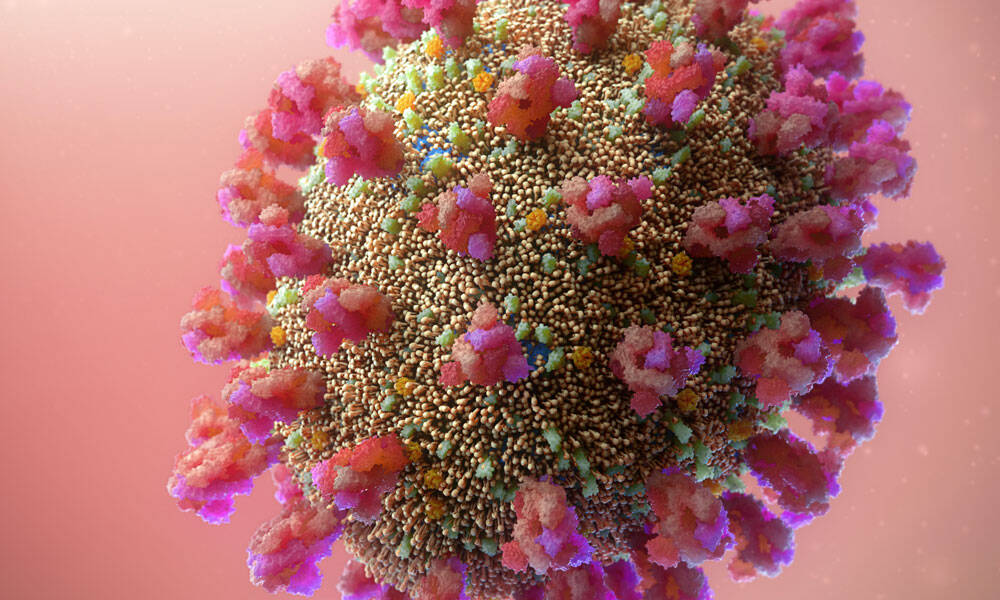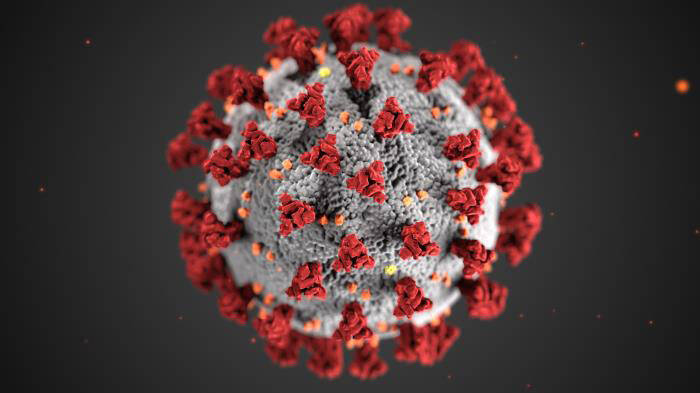
How a Joint Member Effort Helped the Fight Against COVID-19
Members of the Association of Medical Illustrators banded together quickly to develop timely visual training materials for front-line healthcare professionals responding to the pandemic. Association membership was key to their success.
Medical illustrators’ painstaking work to portray invisible threats was put to the test as the COVID-19 pandemic gathered momentum and spread rapidly around the globe. Their ability to produce accurate representations of the virus got a boost when Michael Konomos, an Emory University School of Medicine illustrator who serves on the Association of Medical Illustrators’ (AMI) board of governors, came up with an idea.
As Konomos was conducting his own meticulous research to create illustrations related to COVID-19, it occurred to him that establishing a central repository for research about the virus would cut the time other medical illustrators around the country—and the world—would need to spend looking for the same information. And it would expedite their work preparing materials for healthcare professionals on the front lines, the general public, scientists, and others responding to COVID-19.
Spirit of Sharing
Konomos’ idea began as a post on AMI’s online member hub suggesting that illustrators collaborate and share resources. He set up what he called a “low-tech” but easily accessible Google document to house the information, and members soon began contributing to it.

A painting of a coronavirus just entering the lungs, surrounded by mucus secreted by respiratory cells, secreted antibodies, and several small immune systems proteins. (David S. Goodsell, RCSB Protein Data Bank/CC-BY- 4.0)
“That spirit of sharing knowledge and cooperation has always been a part of our association,” he said.
The illustrators’ collaborative effort highlights the “power of associations” as hubs for knowledge exchange in the professions they represent, said AMI Executive Director Whitney Wilgus. “Seeing our members come together in this way, to make sure that illustrators and animators are disseminating information to different audiences, has been incredibly impressive,” she said.
Making the Invisible Visible
Medical illustrators give shape and structure to threats no one can see. One of the most iconic images of the virus, with its distinctive crown-shaped protein spikes, was created by AMI member Alissa Eckert and her colleague Dan Higgins at the Centers for Disease Control and Prevention.

(Alissa Eckert & Dan Higgins/Centers for Disease Control and Prevention)
“Our field makes invisible things visible,” Konomos said, adding that the coronavirus image will probably become one of the more famous medical illustrations in history because of how widely it has been seen and how closely associated it is with the pandemic.
Konomos said his membership in AMI was key to the success of the research effort.
“I would not have known where to turn to even begin a group like this outside of AMI,” he said. Medical illustrators “speak each other’s language and they are at the right intersection of skill sets.” Quickly finding the right group of people, knowing how to assemble them, and getting them immediately engaged could not, he said, have happened outside the context of AMI.
AMI President John Martini said the association gives its members a way to seek each other out. “If it weren’t for the association, which binds us all together and sets the standards for performance at a professional level, we wouldn’t have that connection.”
A 3D visualization of the SARS-CoV-2 virus. (iSO-FORM LLC/CC-BY- 4.0)






Comments